Cerro Rico Tourism: Exploring the Terrifying Realities of Mining
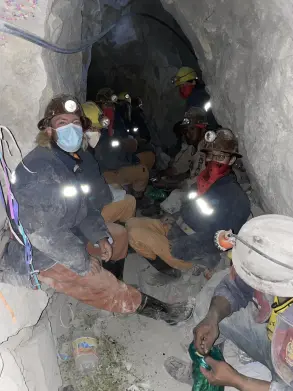
Cerro Rico tourism offers an unforgettable and eye-opening Bolivian experience, but it is also not for the faint of heart. Cerro Rico tourism offers an unforgettable and eye-opening experience in Potosí, Bolivia. This historic mine, once a cornerstone of Spanish colonial wealth, now stands as a stark reminder of the grueling labor and perilous conditions endured by miners, both past and present. Venturing into the depths of Cerro Rico is both terrifying and essential, providing a raw and unfiltered glimpse into the harsh realities of mining and those who partake in this perilous profession.
History of the mine
The Cerro Rico mine, located in Potosí, Bolivia, has a history that dates back to the 16th century. The mine, whose name means “Rich Mountain”, quickly became the epicenter of the Spanish colonial silver mining industry.
The wealth extracted from this mountain funded the Spanish Empire, making Potosí one of the richest and most populous cities in the New World at the time. Such were the riches coming from this one mine that it has a permanent place in the Spanish language in the form of the expression: valer un Potosí (“to be worth a Potosí”), meaning “to be of great value.”
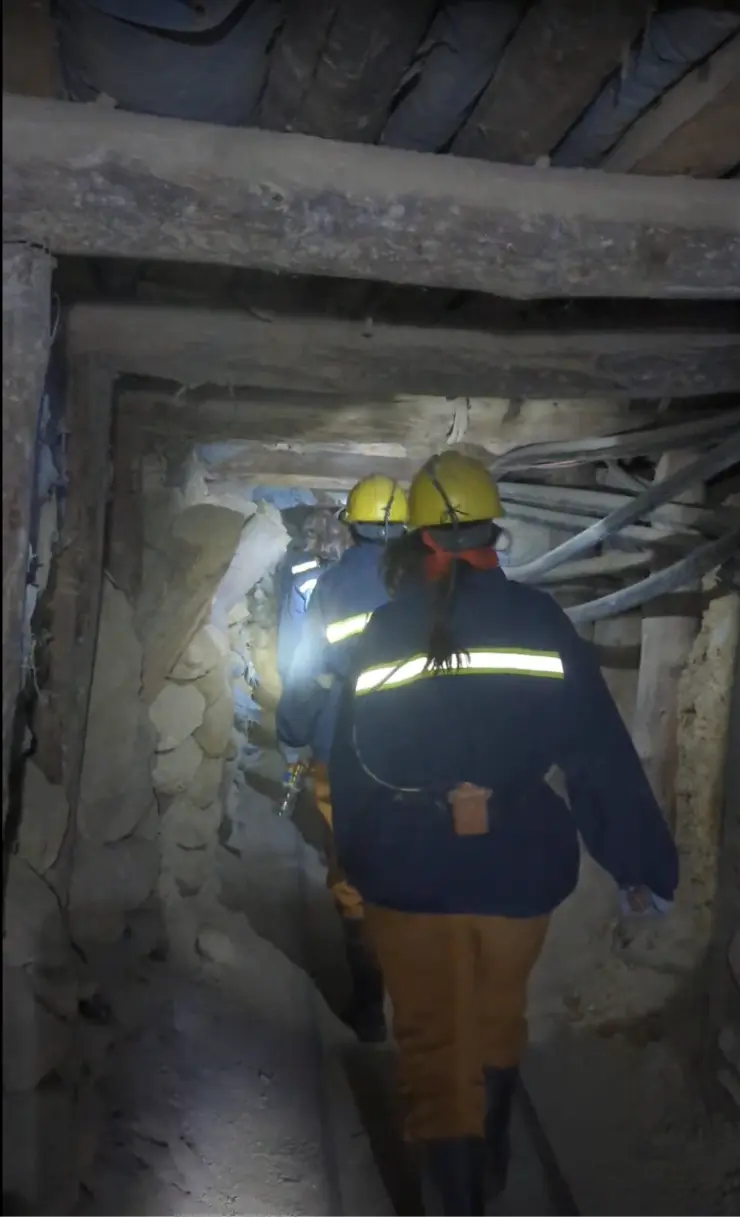
However, this wealth came at a tremendous human cost. The mita system, a form of forced labor imposed by the Spanish colonial regime, required indigenous people to work in the mines under brutal and often deadly conditions. It is estimated that millions of indigenous people and African slaves died in the mines over the centuries. Today, Cerro Rico continues to be mined, albeit on a smaller scale. Nonetheless, it stands as a stark reminder of the historical exploitation and ongoing challenges faced by miners.
Preparing for your visit
Visiting Cerro Rico is not a typical tourist excursion; it requires careful preparation and consideration. First and foremost, it is crucial to choose a reputable tour company that prioritizes safety and ethical practices. From our personal experience, we can recommend Koala Tours for their emphasis on both.
These tour companies will provide necessary safety gear, including helmets, headlamps, boots, and protective clothing. Given the altitude of Potosí (over 4,000 meters, or more than 13000 feet, above sea level), it is important to acclimate to the high altitude before undertaking a mine tour to avoid altitude sickness.
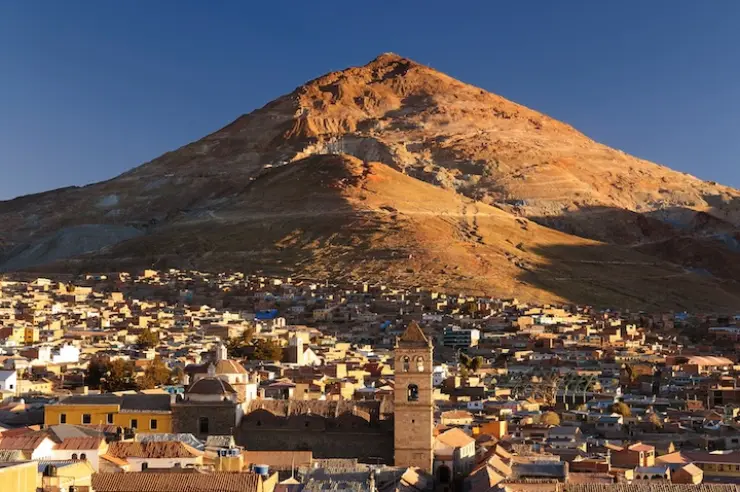
Visitors should also be prepared for physically demanding conditions; the mine is dark, dusty, and confined, with narrow passageways that can be challenging to navigate. If you are even mildly claustrophobic, this is not the tour for you.
Emotional preparedness is equally important, as witnessing the working conditions and hearing the stories of the miners can be deeply impactful and distressing.
Finally, before your arrival to the mine, you will stop en route at the miners’ market to buy gifts for the miners. These include dynamite, coca leaves, drinks, alcohol and cigarettes. While some of the gifts are useful for their occupation, some of them are used for spiritual offerings.
Inside the Mine
Before entering the mine you will visit the shrines outside of the entrance. A snapshot of Bolivia’s character, these shrines present a mixture of Catholic and indigenous beliefs with statues or icons of the Virgin with offerings of coca leaves, llama blood, cigarettes, and 95% alcohol. You will leave your own offerings before entering the mine.
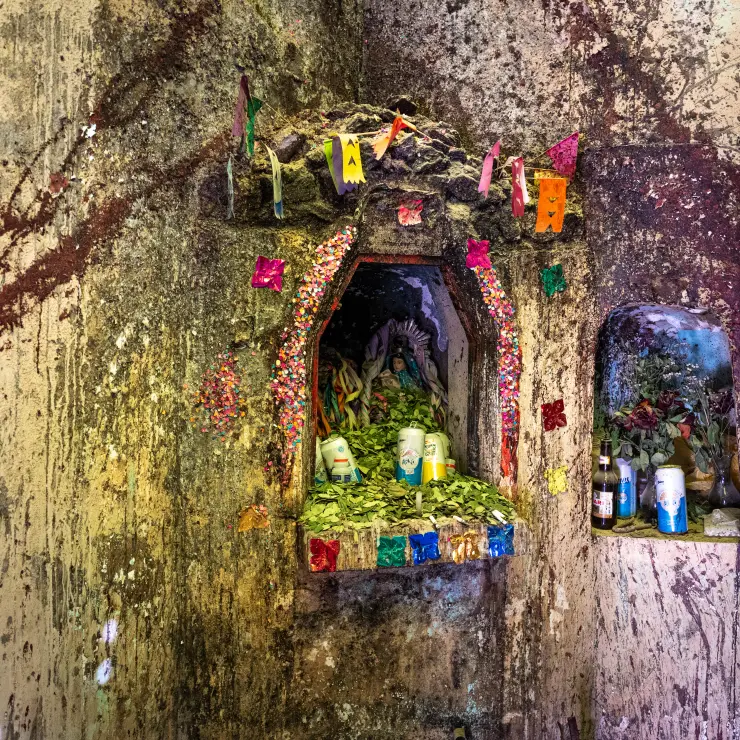
Entering Cerro Rico is like stepping straight into Hell. The darkness, even with headlamps and small lights, feels impenetrable. The air is thick with dust and will immediately coat your mouth and lungs, leaving you with a taste of blood in your mouth and a painful cough. This aspect of the mines will leave you feeling ill for several hours even after you have reemerged and might be one of the best indicators as to why the miners have significantly shorter life expectancies than those on the outside.
As you scurry after your tour guide and dodge oncoming mining carts, the temperature will drop and the tunnels will become increasingly confined. Guides are typically former miners and know the tunnels well. They have harrowing stories of their experiences working here with the dangerous working conditions, where accidents are frequent and the risk of cave-ins is ever-present. The lack of proper ventilation makes breathing difficult, and the ever-present dust poses serious health risks, including silicosis, a debilitating lung disease common among miners.

Meeting the miners is perhaps the most poignant part of the tour. These individuals work long hours, 10-12 if they’re fortunate, in grueling conditions, driven by the hope of finding valuable minerals to support their families. If they don’t strike something of value, they could be underground in the dark for more than 24 hours before emerging. Despite the hardships, there is a sense of camaraderie and resilience among them.
One of the most striking aspects of the miners’ culture is their relationship with El Tío, a deity revered as the lord of the underworld. Statues of El Tío, often depicted with a devilish appearance, are found throughout the mine. Miners make regular offerings to El Tío, including coca leaves, cigarettes, and alcohol, in hopes of securing his protection and favor. The worship of El Tío is exclusive to the underground and stems from the belief among the miners that “there is no God in the mines.”

Economic and Social Impact of the Mines
Cerro Rico is not only a site of important economic activity, but also a place steeped in cultural and social significance. The mine has profoundly shaped the identity and traditions of the Potosí community.
Despite the dangerous conditions, mining remains a primary source of livelihood for many families in Potosí. By Bolivian standards the pay is above average at about $250 per week or $1000 per month. The pay is significant enough that the miners see it as outweighing the hazards of the work. The revenue generated from mining supports not only the miners and their families but also local businesses and services. However, this economic dependence on the mine also perpetuates a cycle of poverty and exploitation, as many miners start working at a young age and have limited opportunities for education and advancement.
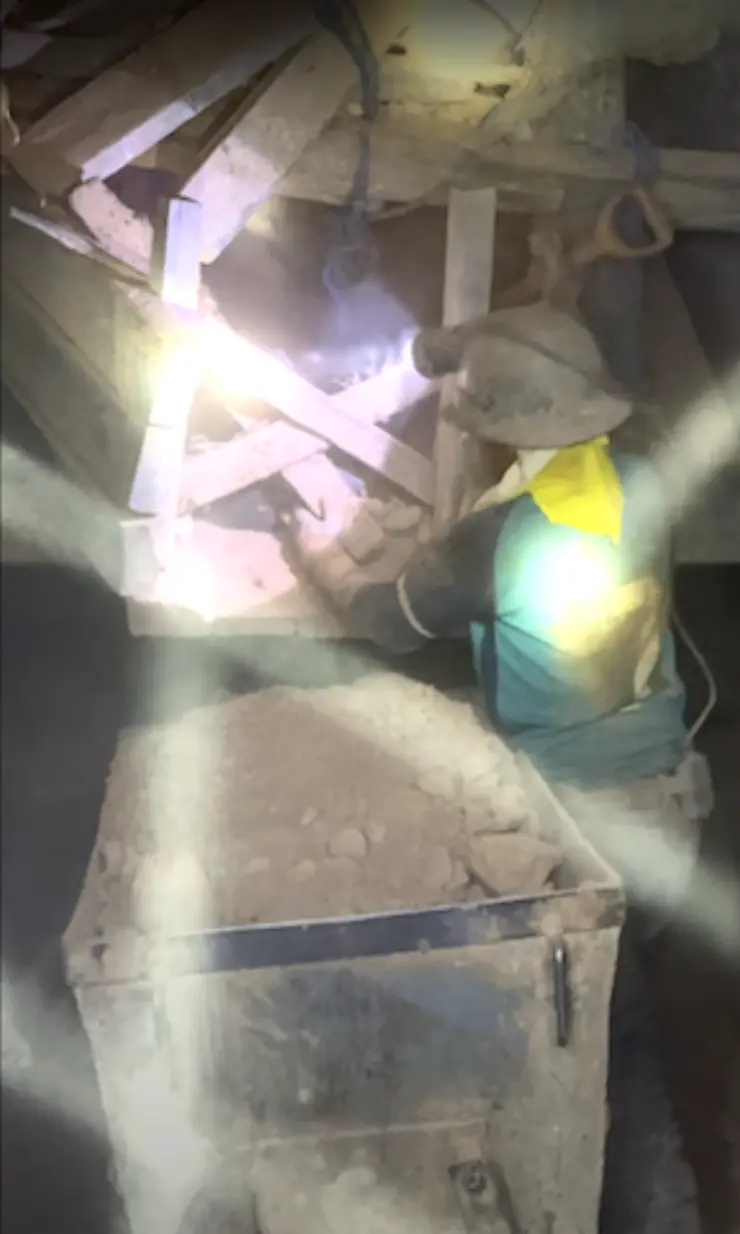
Stories from the miners reveal a deep sense of pride and resilience. Despite the hardships, there is a strong sense of community and mutual support among the miners. They share their tools, look out for each other’s safety, and celebrate together during festivals and religious ceremonies. These bonds are crucial for their survival and well-being, providing emotional and social support in an otherwise harsh and isolating environment.
The Ethical Dilemma
Cerro Rico tourism presents a significant ethical dilemma. On one hand, such tours can be seen as a form of exploitation, where the harsh realities of miners’ lives are turned into a spectacle for curious tourists. The risk of turning the miners into a form of “poverty tourism” is real, and it raises questions about the morality of profiting from the portrayal of human hardship.
However, Cerro Rico tourism can also have positive impacts. Responsible tourism can bring much-needed revenue to the Potosí economy, providing financial support for the miners and their families. By participating in these tours, visitors can help raise awareness about the hellish working conditions in the mines and the broader issue of labor exploitation. This awareness can lead to advocacy and support for improved labor conditions.
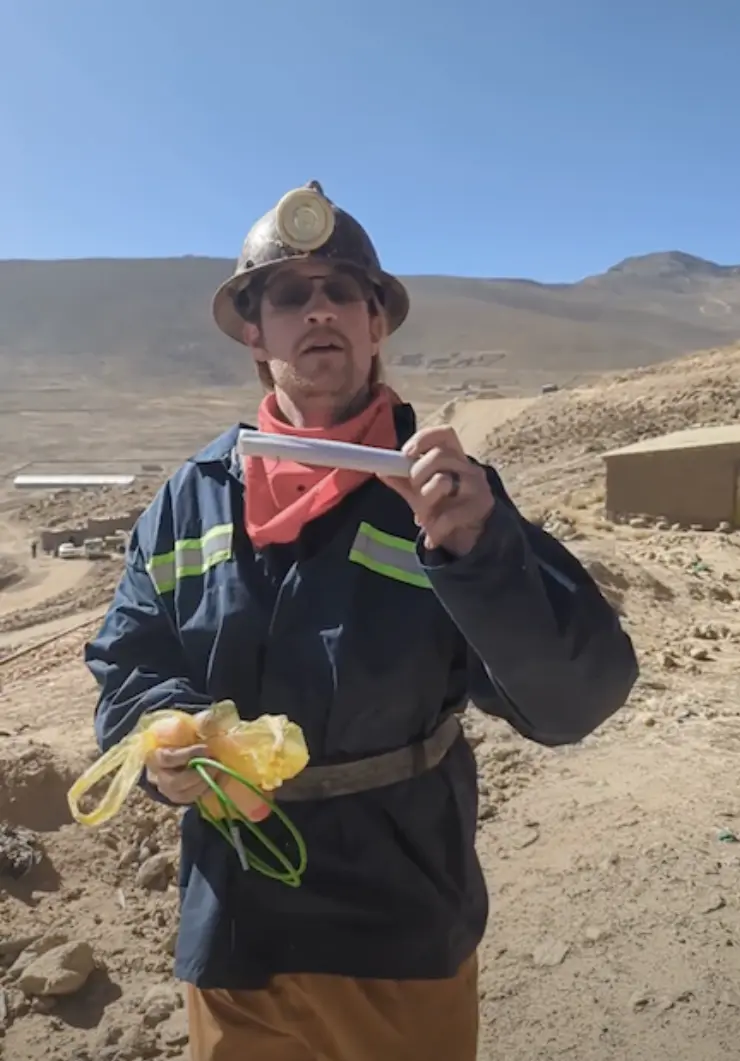
Additionally, it bears noting that the miners were pretty happy to see visitors because tour groups bring gifts for them, the most popular of which were water and soda.
We believe that tours run by former miners are the most likely to be engaged in ethical activities and have positive impacts on the Cerro Rico miners and Potosí.
Resume
Cerro Rico tourism provides a unique and shocking opportunity to understand and learn about one of the world’s most historically significant mines. This experience is both terrifying and essential, offering a raw glimpse into the brutal conditions faced by miners past and present. As travelers, it is crucial to recognize the impact of our actions and strive to promote ethical and responsible tourism practices. By approaching your visit with respect and responsibility, you can contribute to raising awareness and supporting positive change for the mining community in Potosi.
